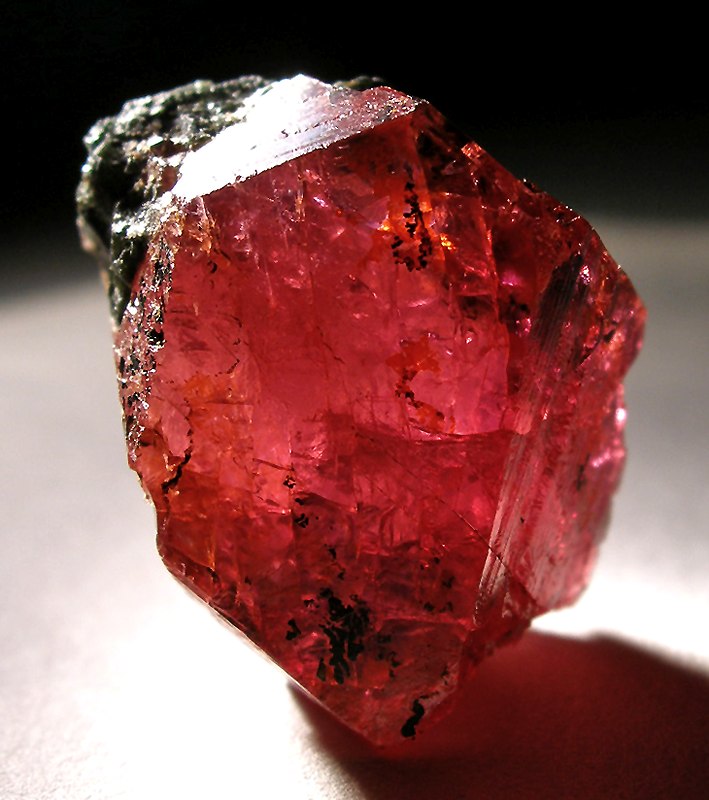
Facts about Rubies Gemstones – Fascinating World of Rubies
We all know what a ruby looks like. After all, with its distinct red hue, they catch the eye and fire the imagination. The most well-known ruby gemstones tend to resemble drops of blood with their dark red coloring. However, rubies inhabit a whole spectrum of shades of red from dark red to light pink. Let’s go through some important facts about rubies gemstones.
(Note – Check here for Ruby Gemstone Meaning)
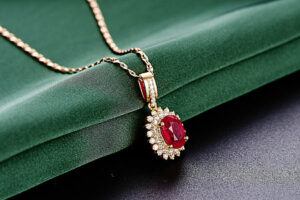
A bit of History
The word ruby is derived from ruber, the Latin word for red.
Historically, rubies have occupied an essential part of the human psyche. Since the earliest human memories, rubies have been believed to bring good fortune and provide protection. They were used by Chinese noblemen to adorn their armor, provide protection to Burmese warriors in battel, and decorated the royal regalia of European royalty.
One of the earliest written records mentioning rubies is in the Bible, where they are used to indicate the value of something priceless. In India, rubies are considered the “gemstone of the sun” and represent the leader of the nine planets. The Sanskrit Translation for ruby is “king of precious stones.” Today, as a widespread cultural phenomenon, rubies are the July birthstone.
Along with diamonds, amethysts, sapphires, and emeralds, rubies are traditionally classified as cardinal gems. This classification lies in the historical significance of these gems and their elevated value over all other gems. This value was determined by their religious and ceremonial use, as well as their historical rarity. I will go through valuing a ruby after discussing several other facts about rubies gemstones.
Some Technical Facts about Rubies Gemstones
Rubies are a variety of the mineral corundum, otherwise known as Aluminum Oxide (Al₂O₃). Other gemstones of this variety are sapphires. It is the inclusion of the element chromium (Cr) in the corundum mineral that gives rubies their distinct reddish hue.
Of the naturally occurring gemstones, only moissanite and diamonds are harder than corundum, which have a hardness of 9 in the Mohs scale of hardness. This hardness is due in large part to the chemical composition of the gem and its crystalline structure with a perfect structure resulting in the highest hardness of all.
Although the chemical composition of rubies (Al₂O₃:Cr) is pure in a chemical sense, this is only found in lab-grown gems. All naturally occurring ruby gemstones have imperfections, including impurities and inclusions of rutile needles (inclusions of the mineral rutile composed of titanium dioxide, TiO₂) called “silk” by gemologists. Hence these inclusions are used to differentiate between natural and synthetic rubies. Also, their geographical origin can be determined by certain inclusions.
Treatments and Enhancements of Rubies
Today, it is common practice to treat gems before they are introduced to the market. Therefore it is essential to know about treatment methods when learning facts about rubies gemstones.
This treatment is performed to increase the clarity of the gemstone, remove imperfections, and other flaws that detract from their overall value. There are several treatments performed, although not all rubies are treated with every option.
Heat Treatment:
Today, most rubies are heat treated. This treatment involves heating the rubies to temperatures of around 1800C (3300F) to improve color, eliminate undesired purple tinge, discoloring blue patches, and silk.
Dying:
With this process, dyes are added to the gem to improve its color.
Fracture Filling:
This process fixes fractures in the gemstone that would otherwise significantly detract from its value. This treatment involves filling in fractures with lead glass, wax, oil, or other materials. The result is a dramatic improvement in the transparency of the stone, making it suitable to be used in jewelry.
Diffusion:
Similar in concept to dying, this treatment involves adding elements such as beryllium into the ruby during the heat treatment to improve the hue.
Synthetic and Imitation Rubies
Synthetic and imitation rubies have been around for centuries as far back as Roman times. While these were rudimentary processes that would not bear up under scrutiny, these days, synthetic rubies are commonplace. For the most part, they are lab-grown gems that are used for industrial purposes, such as in the use of ruby lasers and masers. However, there is a market for synthetic rubies used in jewelry. To determine whether a ruby is synthetic or natural, the gem frequently must be tested by a gemologist.
Where Rubies are Found?
Historically, the primary source of rubies has been the Mogok valley in Upper Myanmar (Burma). During the 1990s, the Mong Hsu area in central Myanmar became the world’s primary source of rubies.
For centuries, rubies have also be mined in Thailand, Cambodia, Afghanistan, Australia, Brazil, Colombia, India, Namibia, Japan, and Scotland, but nowhere as voluminous as in Myanmar. Today there are many other sources of rubies, including more countries in South East Asia, parts of Africa, Pakistan, and a few US states.
How to value a Ruby Gemstone?
Knowing how to value correctly is an important point among all other facts about rubies gemstones. Like other gemstones, a ruby’s value is primarily determined from four basic criteria (the four C’s): color, cut, clarity, and the carat weight. There are a few additional factors that increase the value of rubies, such as defects that highlight the beauty of the gem.
Color (Hues, Saturation, and Tone)
All rubies are red, although the shade of red varies depending on the precise chemical composition of each gem. For the most part, the most sought after and desirable shade of red is called blood-red or pigeon blood. As the name implies, this particular shade has a deep red hue and depth that runs through the gem.
While blood-red rubies are the most valuable, many other hues range from blood-red to bright pink, with each color affecting the value place on the gem. Additionally, a secondary hue, or a second color, may occur in the gemstone adding colors that cause the ruby to appear orange, purple, violet, or pink.
Here is a great video from the Discovery channel where a group of gem hunters travel through Cambodia to find Rubies of the best color.
Cut
The cut of the ruby largely determines the appearance of the gem and the way it interacts with light. Rubies with a high-quality cut are often cut to hide imperfections and maximize the visual appeal. In some instances, a ruby will be cut in such a way as to enhance a flaw or defect. On these occasions, the imperfection highlights or contributes to the ruby’s beauty and can dramatically increase its value. A prominent cut use to highlight a much-desired inclusion called an asterism is a cabochon.
Here is a video showing the process of cutting a Ruby gemstone.
Clarity
The clarity of the ruby (the number of inclusions) may have a dramatic effect on its value. Almost all naturally occurring rubies have internal imperfections or inclusions, but the amount, placement, visibility, and type of imperfection determine its overall clarity. For the most part, the more apparent and the higher the number of inclusions, the lower the value. However, some imperfections, such as when these inclusions intersect to form a star shape called an asterism, dramatically increases its value.
Carat Weight
The carat weight (1 carat equals 200 milligrams) for ruby is the same for any other gemstone. The higher the carat weight, the greater the value of the ruby. One thing to consider, as the carat weight increases, the price-per-carat increases exponentially. Therefore a larger ruby would fetch a higher price per carat than a smaller one. To date, the world’s largest ruby weighs in at an astonishing 18,696 carats (3739.2 grams).

Additional Factors Affecting Value
Although the value of a ruby gemstone is primarily determined by the 4 C’s, few contributing factors further determine value.
Origin:
The geographic origin of the gem is considered, with those originating from Myanmar (Burma), usually found to be the most valuable.
Treatment:
Rubies that are in their natural state, are by far the most valuable. Those that have been treated by heat, chemicals, or any other method to alter and improve their appearance are significantly less valuable. However, in today’s market, it is rare to find untreated ruby gemstones.
The Most Famous and Expensive Ruby in History
Ready to get to know an astonishing fact among all other facts about rubies gemstones ?
A ring with a Burmese ruby weighing 25.59 carats was sold for over $ 30 million at an auction in 2015.
This ring is not only the most expensive ruby but also the most costly colored gem ever sold. Due to its exquisite color and setting, it has been called the Sunrise Ruby.
Wrap Up
While many gemstones hold significance historically and culturally, there is something about the appearance of a ruby that strikes the imagination. Perhaps, it is the blood-red coloring that embodies the human fascination with our own life-blood, or maybe it is the exquisite beauty found in its depths.
Whatever the reason, rubies have held the attention of humans for millennia, adorning our most valuable possessions and will continue to be admired and coveted for millennia to come.
When going through ruby gemstone facts, we covered many areas such as a bit of history, physical and chemical properties, treatment types, valuations, etc.,
Hope this article was useful for you and please let me know if you have any questions or comments.
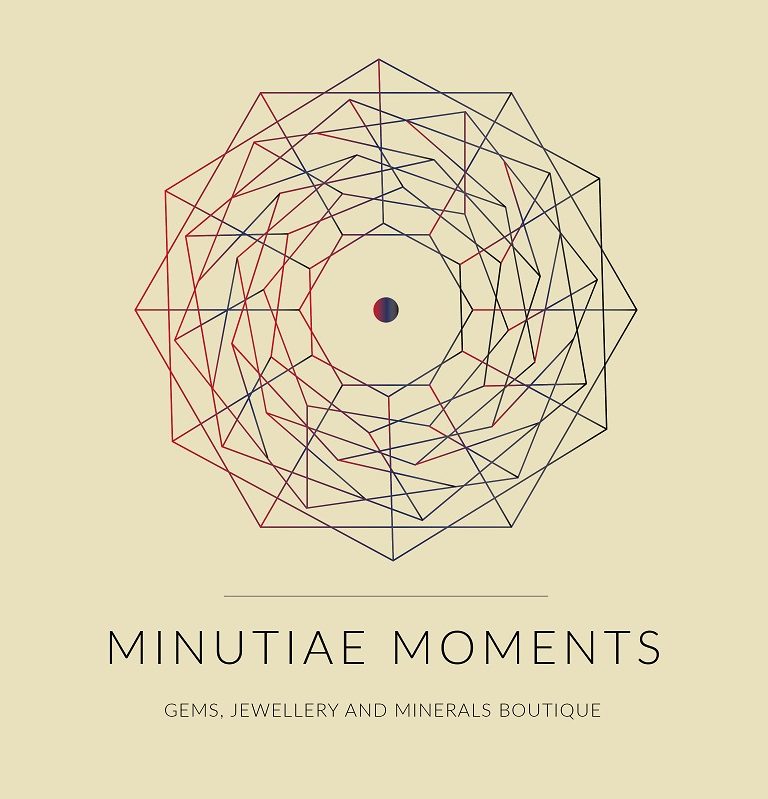
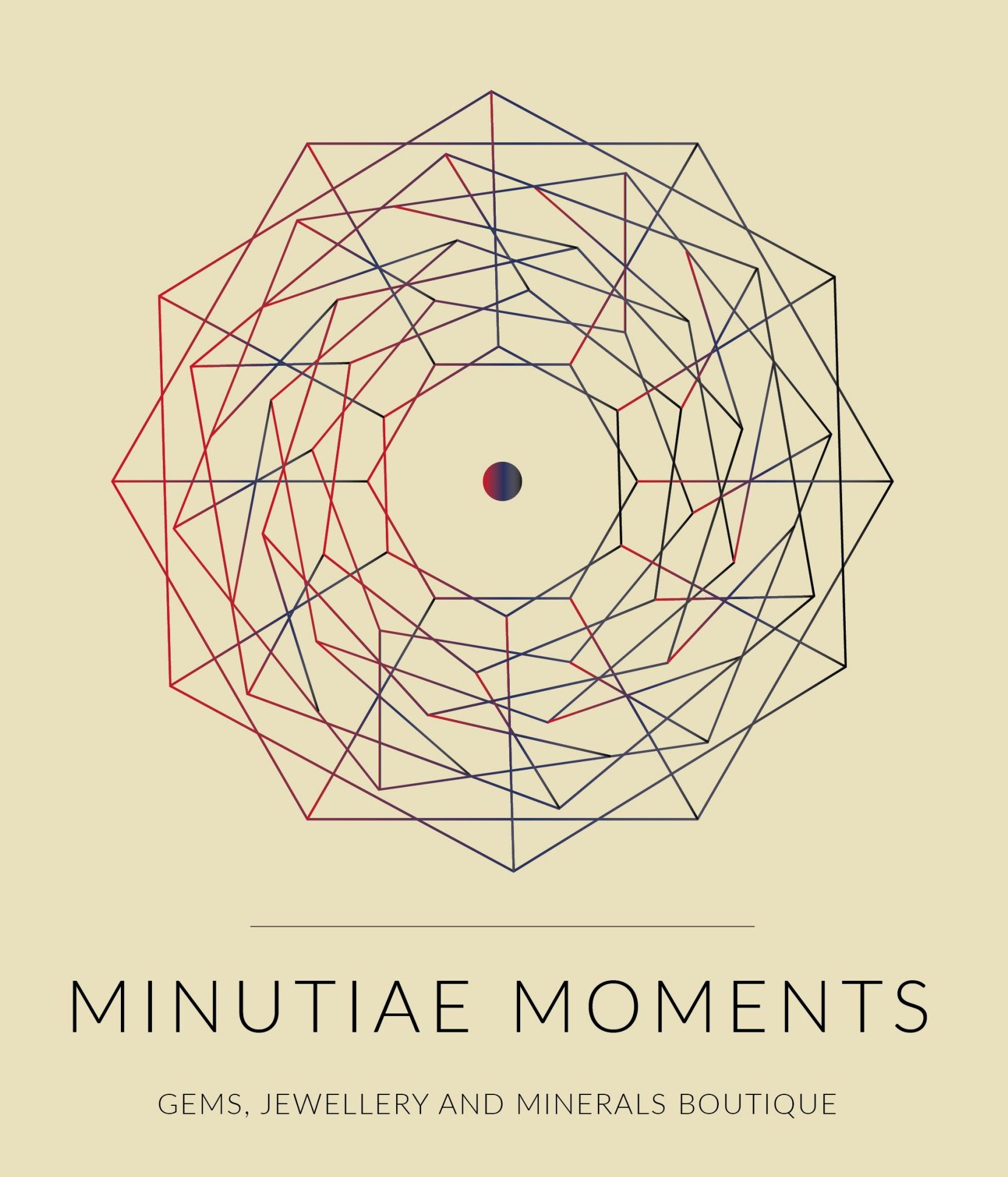

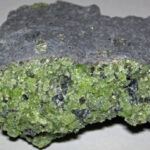
Wow! I didn’t know ruby can be that expensive. Your article is very well construct and informative! I have zero knowledge about gemstones but your explanation helps a lot. Thank you for the great article! 🙂
Thank you very much Jassinta. Glad that you like the article and helped you to get some knowledge.
Thank you for this information. I never knew rubbies were used by Chinese in the past a lot for the significant value.
Since you said rubies which are raw and untreated are more valuable do you know where you buy the untreated ones?
It seems they may be nearly valuable as gold.
Hi Thabo,
Thanks for the comment. Most gemstones are more valuable when untreated and Rubies and Sapphires are comparatively much more valuable.
There are plenty of sellers online who sell gemstones and I particularly like etsy.com since there are many good sellers there.
If you are looking for an untreated ruby or a sapphire, make sure you request a valid certificate from the seller.
I have shared some useful information about buying jewelry online in this article –
https://minutiaemoments.com/how-to-buy-jewelry-online-dos-donts-and-sellers/
You will be able to get some valuable points even when you are trying to buy gemstones.
I am from Sri Lanka and I am also selling gemstones. At the moment I am supplying to some customers in Japan. If you are really interested in buying sapphires or rubies, let me know also. I started this gemstone business recently and looking for more opportunities.
Hi Rajith
I loved this article and learning more about the ruby gemstone. This gemstone reminds me of my grandmother (whom I was extremely close to). Her birthday was in July and she absolutely loved the ruby.
You’ve provided some really great information on this gem.
Thank you
Tracy
Thank you Tracy. Glad that you liked the article.
I didn’t know anything about rubies before reading this post. Well… I knew they are red and valuable, but that’s about it.
I cannot believe that a colored ruby set in a ring could sell for 30 million…WOW!!
Thanks for the great info ?
Thanks Greg. Ya, prices of some gems are mind blowing.